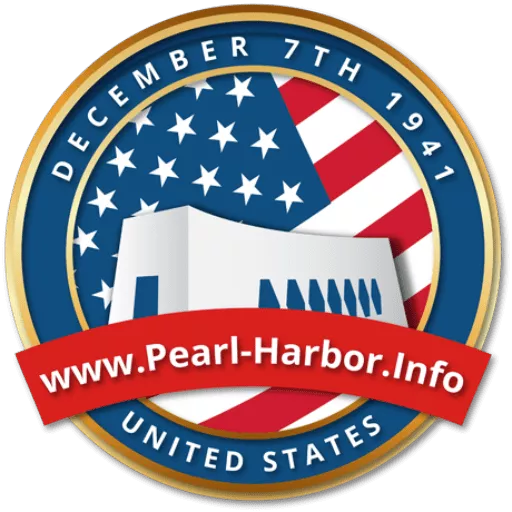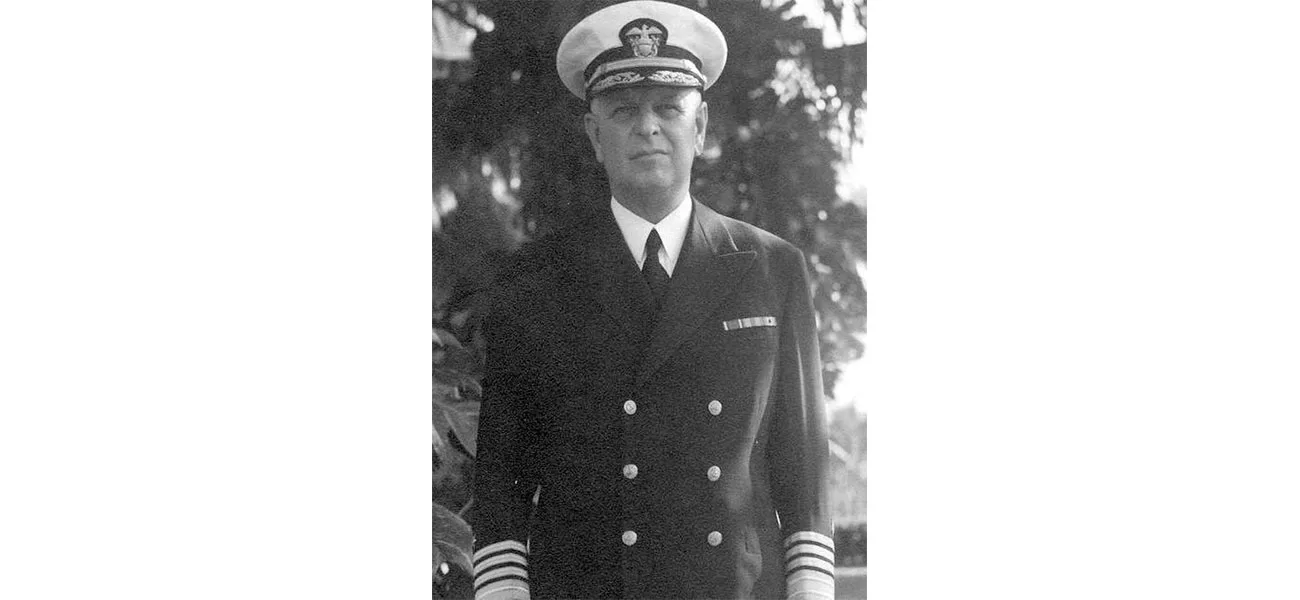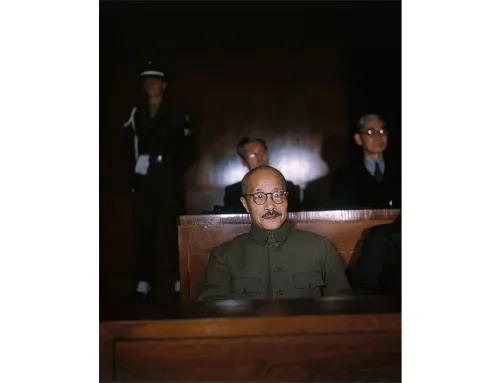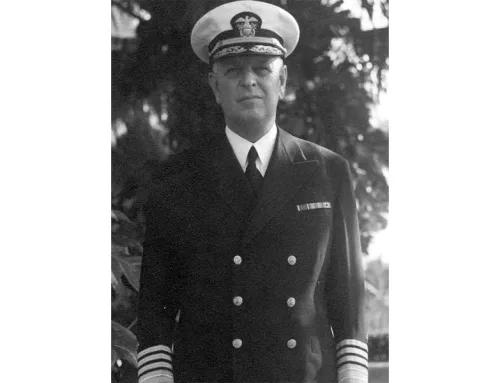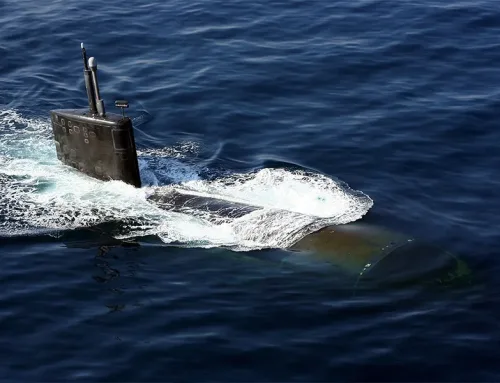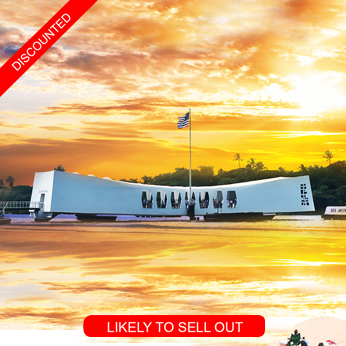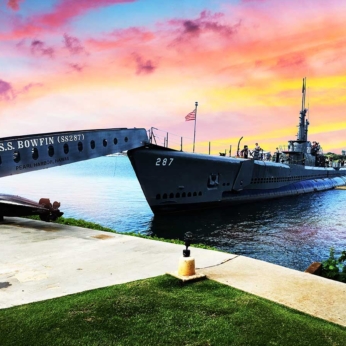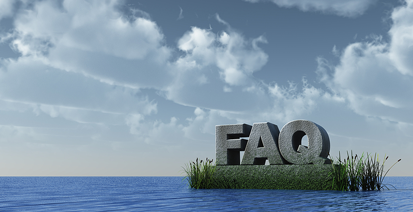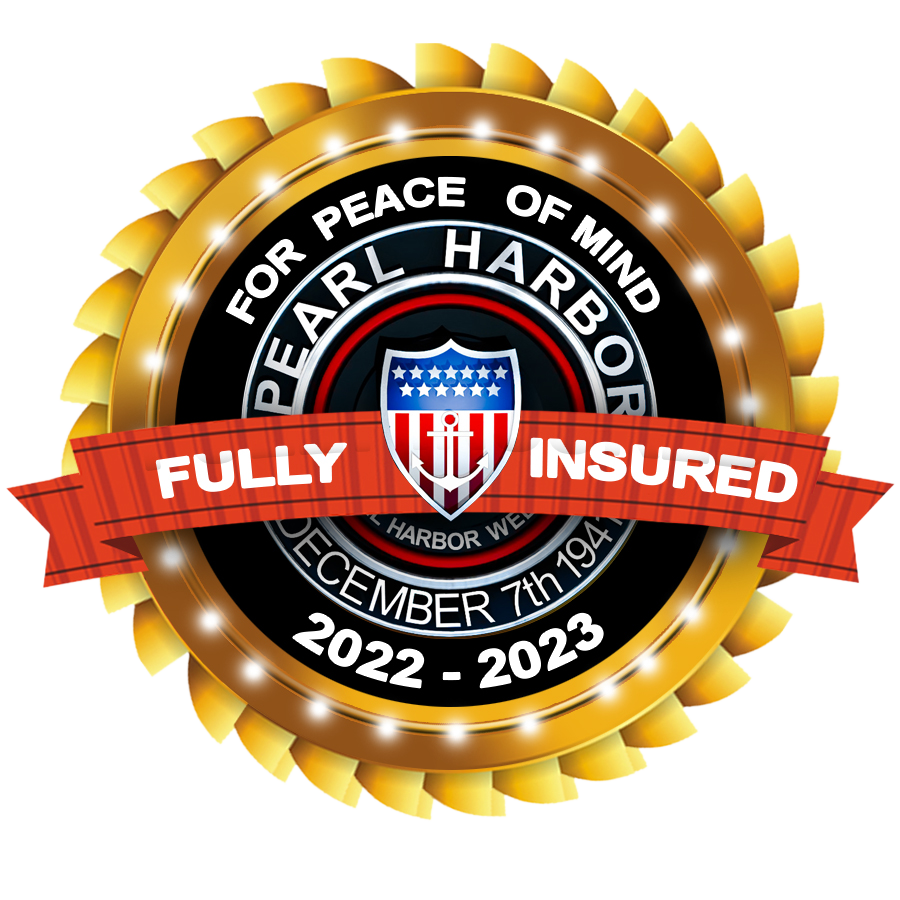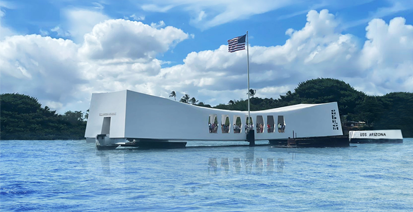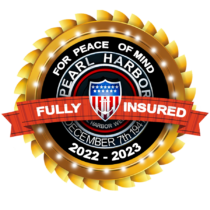Who Was Involved in Pearl Harbor?
Admiral Husband E. Kimmel, USN Commander in Chief, U.S. Fleet (CINCUS) and Pacific Fleet (CINCPACFLT) in 1941.,USS Arizona Pearl Harbor National Memorial, 2022, https://twitter.com/USSArizona, PD-USGov-Military Navy
The Attack on Pearl Harbor on December 7, 1941, was a pivotal event that changed the course of World War II, drawing the United States into the global conflict. While millions were impacted by the attack, a handful of key figures from both the United States and Japan played crucial roles in shaping the events of that fateful day. Understanding who was involved in Pearl Harbor offers deeper insight into the historical significance of the attack.
Key Figures from the United States
- Admiral Husband E. Kimmel
As Commander-in-Chief of the U.S. Pacific Fleet, Admiral Husband Kimmel was responsible for the naval forces stationed at Pearl Harbor. Despite warnings of a possible Japanese attack, Kimmel and his forces were caught off guard on December 7, 1941. Kimmel faced severe criticism in the aftermath, with some arguing that he had not taken adequate precautions to defend the fleet. As a result, he was relieved of his command after the attack. - General Walter C. Short
General Walter C. Short was the commander of the U.S. Army forces in Hawaii at the time of the attack. Like Kimmel, Short was criticized for his lack of preparedness, especially in terms of air defense. The failure to anticipate an airstrike allowed Japanese planes to inflict significant damage on U.S. military assets. After the attack, Short was also removed from his command and shared responsibility for the failures at Pearl Harbor. - President Franklin D. Roosevelt
As President of the United States during World War II, Franklin D. Roosevelt played a key role in the nation’s response to the attack. On December 8, 1941, the day after Pearl Harbor, Roosevelt delivered his famous “Day of Infamy” speech, asking Congress to declare war on Japan. This marked the official entry of the United States into World War II, a decision that altered the course of the war and world history.
Key Figures from the Empire of Japan
- Emperor Hirohito
Emperor Hirohito was the reigning monarch of Japan during the attack on Pearl Harbor. Although Japan was officially ruled by a government and military leaders, Hirohito’s role in the nation’s war efforts remains a subject of debate among historians. While he may not have been directly involved in the planning of the attack, Hirohito gave his approval for Japan’s aggressive expansion in the Pacific, including the Pearl Harbor operation. - Admiral Isoroku Yamamoto
Admiral Isoroku Yamamoto was the mastermind behind the Pearl Harbor attack. As the commander of the Imperial Japanese Navy, Yamamoto recognized that Japan’s only chance of success in the Pacific War was to cripple the U.S. Pacific Fleet. Despite his personal reservations about going to war with the U.S., Yamamoto planned the attack to deliver a devastating blow that would give Japan an early advantage. However, he understood that Japan would have to win quickly or face eventual defeat. - Commander Mitsuo Fuchida
Commander Mitsuo Fuchida was the lead pilot during the attack on Pearl Harbor. He led the first wave of Japanese aircraft in the assault, signaling the launch of the operation with the message “Tora, Tora, Tora.” Fuchida’s leadership during the attack helped ensure its success, as Japanese planes devastated the U.S. naval forces, sinking battleships and destroying aircraft on the ground. - Vice Admiral Chuichi Nagumo
Vice Admiral Chuichi Nagumo commanded the Japanese strike force, the Kido Butai, which carried out the Pearl Harbor attack. Nagumo’s fleet included six aircraft carriers and over 400 planes. Though the attack was successful, Nagumo’s decision to withdraw after two waves of airstrikes, rather than launching a third wave, has been criticized by historians. Many believe that the third wave could have destroyed critical infrastructure at Pearl Harbor, such as fuel depots and repair facilities.
The Ships Involved in Pearl Harbor
The attack on Pearl Harbor saw multiple U.S. Navy vessels targeted. Eight battleships were present during the attack, including the USS Arizona, which suffered catastrophic damage and remains a memorial to this day. The destruction of these ships marked a turning point in naval warfare, as aircraft carriers became the dominant force in the Pacific theater.
Remembering Pearl Harbor Heroes
The bravery and sacrifice of the U.S. service members who defended Pearl Harbor are honored in history. Many lost their lives on December 7, 1941, and their heroic actions are remembered in memorials and stories shared by survivors. Pearl Harbor remains a symbol of resilience and courage, commemorating those who served and fought on that tragic day.
In conclusion, the attack on Pearl Harbor involved key figures from both the United States and Japan, each playing significant roles in the planning, execution, and response to the event. Understanding their involvement helps us appreciate the profound impact this attack had on the world.
Most Popular Oahu Tours
Best Pearl Harbor Tours

The following tours are recognized as the most popular Pearl Harbor Tours on Oahu. While generally, our price is the lowest in the market now, for a limited time, they are on sale too. Please be advised that Pearl Harbor tickets and USS Arizona Memorial tickets are included in all of our Arizona Memorial Tours, Pearl Harbor small group tours, and private Pearl Harbor tours.
